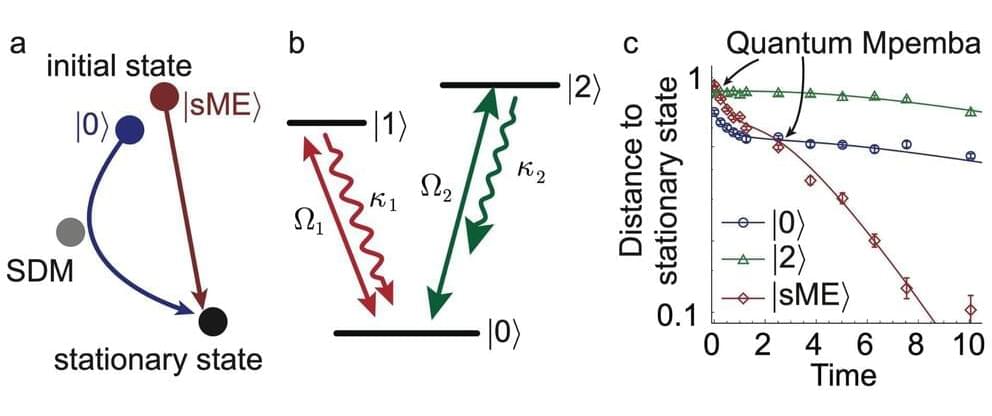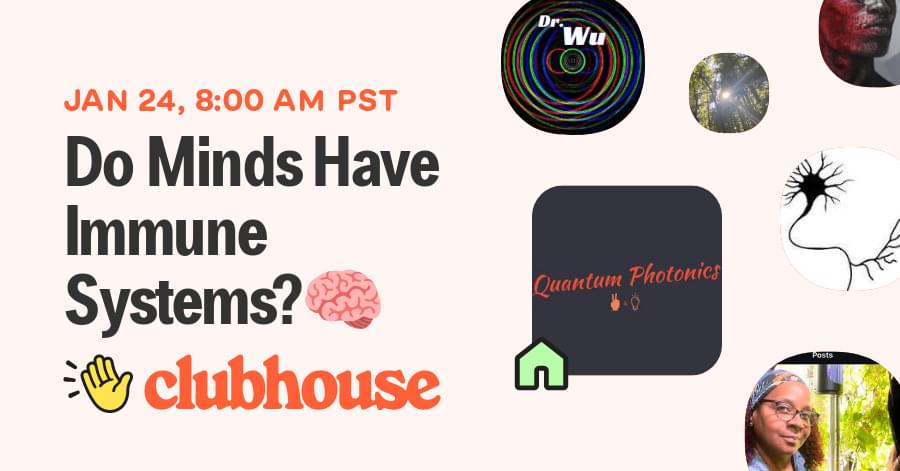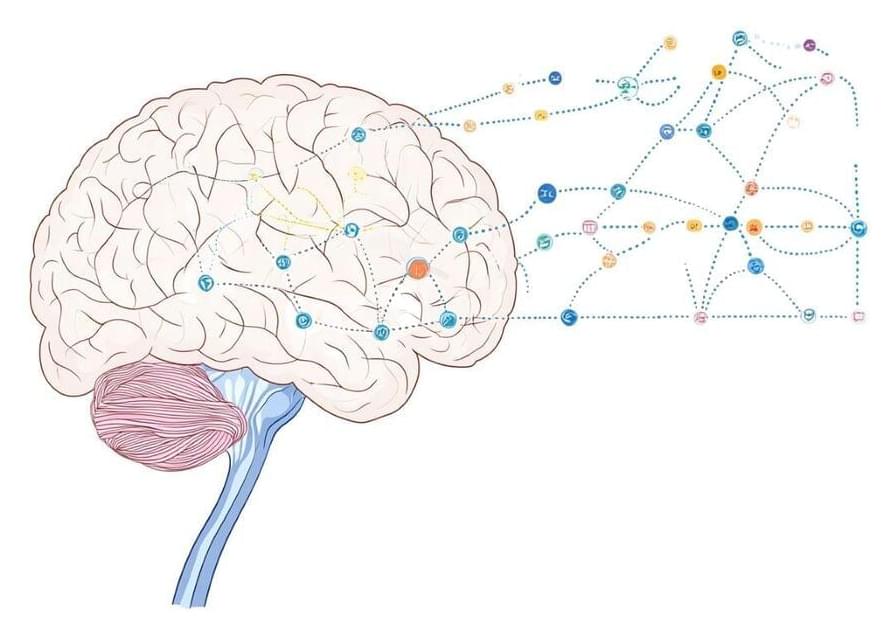In a new Nature Communications study, scientists have demonstrated the quantum version of the strong Mpemba effect (sME) in a single trapped ion system.
The Mpemba effect is a counterintuitive phenomenon in which—under certain conditions—hotter water cools faster than colder water.
It was first described by Tanzanian high school student Erasto Bartholomeo Mpemba in 1963. However, according to early scientific literature, it was observed much earlier, as far as Aristotelian times.








